What kind of soil does clematis like?
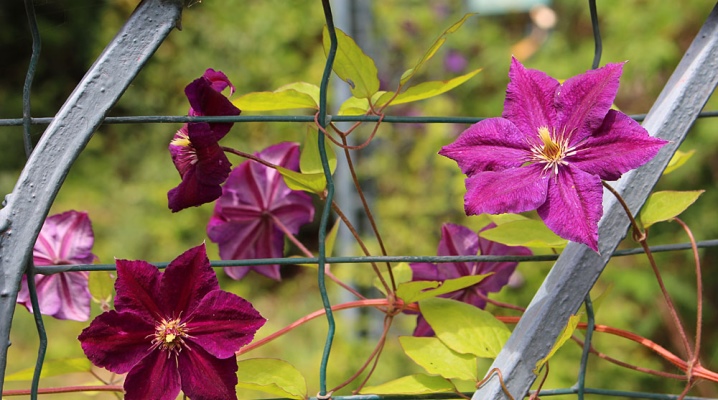
In order to grow clematis on your personal plot in order to create an attractive landscape design, you have to work hard. This plant is famous for its whimsicality and finicky in terms of the choice of soil for planting and growing. Today we will talk just about the rules for selecting soil for clematis, about fertilizers for it, and also give useful advice on the care and growing of this capricious, but very beautiful plant.
Basic rules for soil selection
Most clematis will feel great if you plant them not in open ground, but in a container that can be brought into the room in winter, and put back on the site with the arrival of heat. If you choose this path, then keep in mind that the container for planting clematis should be quite large (from 20 liters). Since clematis is a liana, the installation of a support is required for its growth and development. The plant needs a transplant every 3-4 years.
It is recommended to feed potted "pets" periodically, as well as provide them with frequent watering.

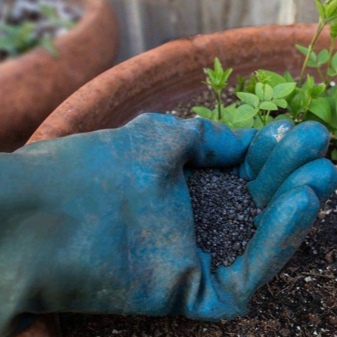
Your clematis grows in a container or in the open field - it doesn't matter, the requirements for the choice of soil will be the same. Let's figure out which ones.
- The soil must have the following characteristics: be permeable, loamy, alkaline or neutral. It should be well fertilized and loosened.
- It is recommended to pre-prepare the soil - at least 12 months before planting clematis. During this time, the soil will have time to settle after digging and become neutral (if required, and appropriate fertilizers were applied).
- Let us recall once again about the supports - they are necessary for lianas clematis. Their height should vary between 2-2.5 meters. The supports must be stable and strong enough so that even a strong wind cannot knock them down.
Do not use a wall of a building or a fence as a support: as a rule, near such barriers, the soil is dry, infertile, and clematis there will quickly decay and die. If you want to create the illusion of a house entwined with flowers, put supports about 30 centimeters from its wall. Please note that rainwater flowing from the roof should not fall on the plant.
- Clematis do not like root overheating. Therefore, when planting them in open soil and when carrying out maintenance procedures in the future, you should not give up a good, dense mulch. It is also recommended to plant nearby plants to help shade the roots of clematis. Marigolds are especially good in this regard - they not only create a shadow with their dense bushes, but also scare off the nematode.
- The relief of the soil is also very important. The higher your site is above sea level, the shorter the growing season will be for clematis. However, the opposite situation is not too good: in the lowlands, an accumulation of cold air masses occurs, and clematis can simply freeze there.
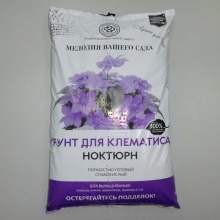


What to add to the planting hole?
So, you have found a suitable place for planting your clematis, and it's time to root it. Dig a hole with a diameter of 60 cm and a depth of 70 cm. In order to save the plants from flooding by groundwater, a drainage layer must be laid at the bottom of the hole. And here's what you need to fall asleep there again:
- peat - 1/3;
- land taken from the garden - 1/3;
- humus - 1/3;
- some sand to give airiness;
- superphosphate.
You can change the composition of the proposed fertilizer, based on the characteristics of your own soil. If your garden area is dominated by loam, you can spice it up with compost mixture. If it's sandstone, add black soil.
In the presence of highly acidic soil, it should first be treated with a solution of lime or chalk in a proportion of 150-250 grams per 1 square meter.
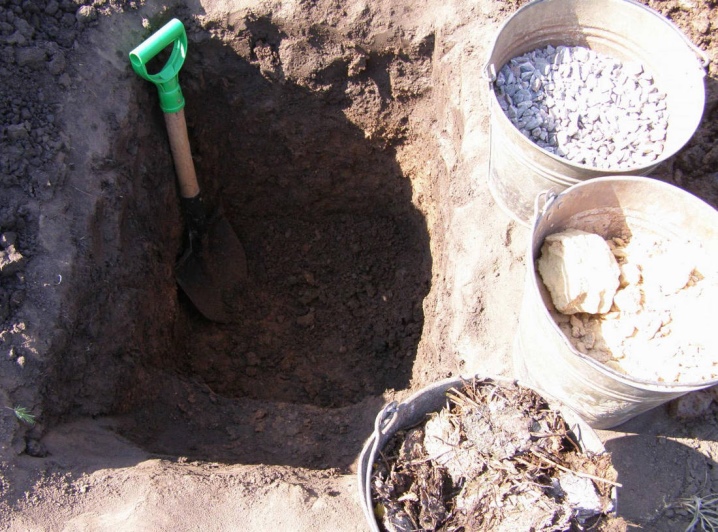
Which land is not recommended?
We figured out what soil composition is optimal for planting clematis. Now let's talk about what kind of land he doesn't like.
- Acid, saline, heavy and waterlogged soils are considered absolutely unsuitable.
- If your site has closely located groundwater, this will also be a contraindication for breeding clematis. In this case, either landing in a portable container or in an artificially poured mound about 100 cm high will help.
- The acidity level of the soil for planting clematis should fluctuate between 5.5-6.5 pH.

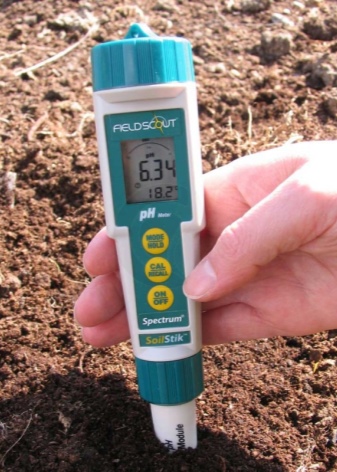
Useful Tips
Next, we will consider the nuances of clematis care so that it grows, blooms and delights you with its beauty. By the way, with proper handling, this vine can live for about 25 years.
- First of all, even before you go to the store to buy clematis, decide where he will "live". The fact is that he doesn't like being transplanted often.
- You have chosen a place and it is time to purchase a seedling. Be careful: when buying a plant that has barely reached 10 centimeters in height, you may face its unviability. Even if such a clematis survives, it will be frail and more demanding to care for than usual. Therefore, it is recommended to choose a sprout about 20 centimeters in height and with well-developed closed yellowish roots in the amount of 5-6 pieces. You should see 2-3 shoots with developed leaves and buds. This appearance of clematis corresponds to two or three years of age.
- You can plant a plant both with the arrival of autumn and in spring. Spring planting is preferable: the vine will grow up, strengthen over the summer and will be able to endure the winter cold.
- The location of the vine should be sufficiently isolated, protected from the wind. At first, young shoots will have to be covered with non-woven material, shaded. For the winter, clematis must be covered so that it does not freeze.
- Sometimes it happens that an amateur gardener, not waiting for the violent growth of a recently planted plant, decides that, most likely, an unsuitable place for planting was chosen and transplants the vine. However, there is no need to rush: the fact is that in the first couple of years clematis "throw" all their strength into growing and strengthening the roots, so the superficial greenery seems scarce.
- Young sprouts require special care in the first years of life. Pull the weeds around them, but be careful not to damage the delicate rhizome of clematis. Attach the stem to the support. If a strong wind has risen, it is raining, or, conversely, it has not been there for a long time, and the sun is "hot", cover the seedlings with a light non-woven cloth. And even more preferable would be a mini-greenhouse made from a 5-liter plastic bottle with a cut-off bottom, the lid of which you can open and close when required.
- Pruning clematis in the first couple of years of life is prohibited, since the plant must grow and get stronger. This is especially true for plants planted in the ground in late summer and early autumn. In general, all that is required of you during this period is to water, feed and process the vine from pests.
- Earlier we mentioned that in order to avoid flooding with groundwater, it is necessary to fill the drainage mass into the clematis hole. It can be formed from crushed stone, broken brick and coarse sand. The drainage layer should be at least 15 centimeters thick.
- In the springtime, in order to feed your clematis and increase its resistance to diseases, you can pour it with the following mixture: dilute 1 glass of dolomite flour or crushed chalk in 5 liters of clean water, add a tablespoon of the preparation containing copper.
- Feeding with ash very well affects clematis - they begin to bloom better, the roots stop rotting, and harmful insects bypass the plant.


Take care of your green "pets": water, fertilize, protect from unfavorable climatic conditions and pests - and then they will decorate the landscape of your garden for many years.
How to properly plant clematis, see below.







































































































The comment was sent successfully.